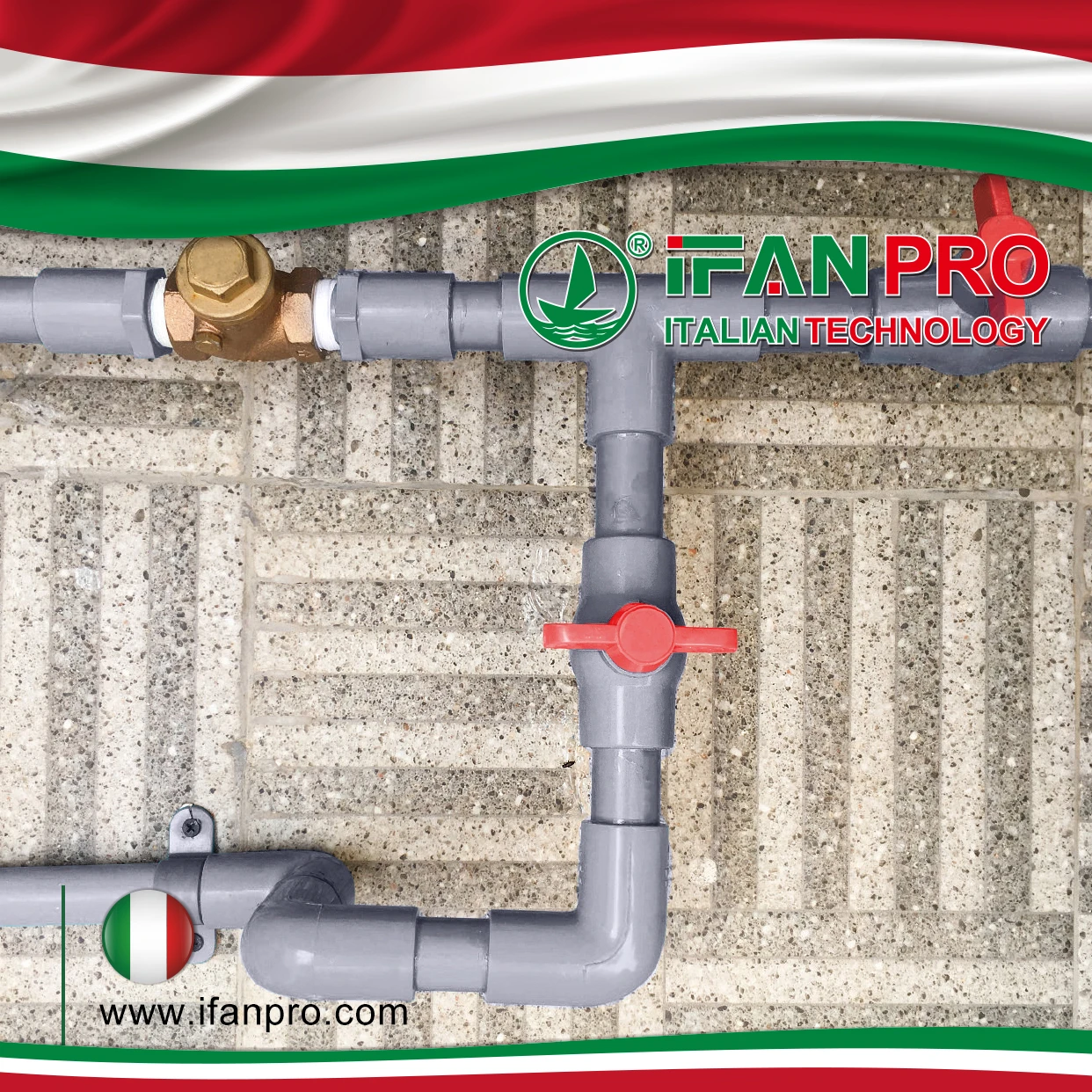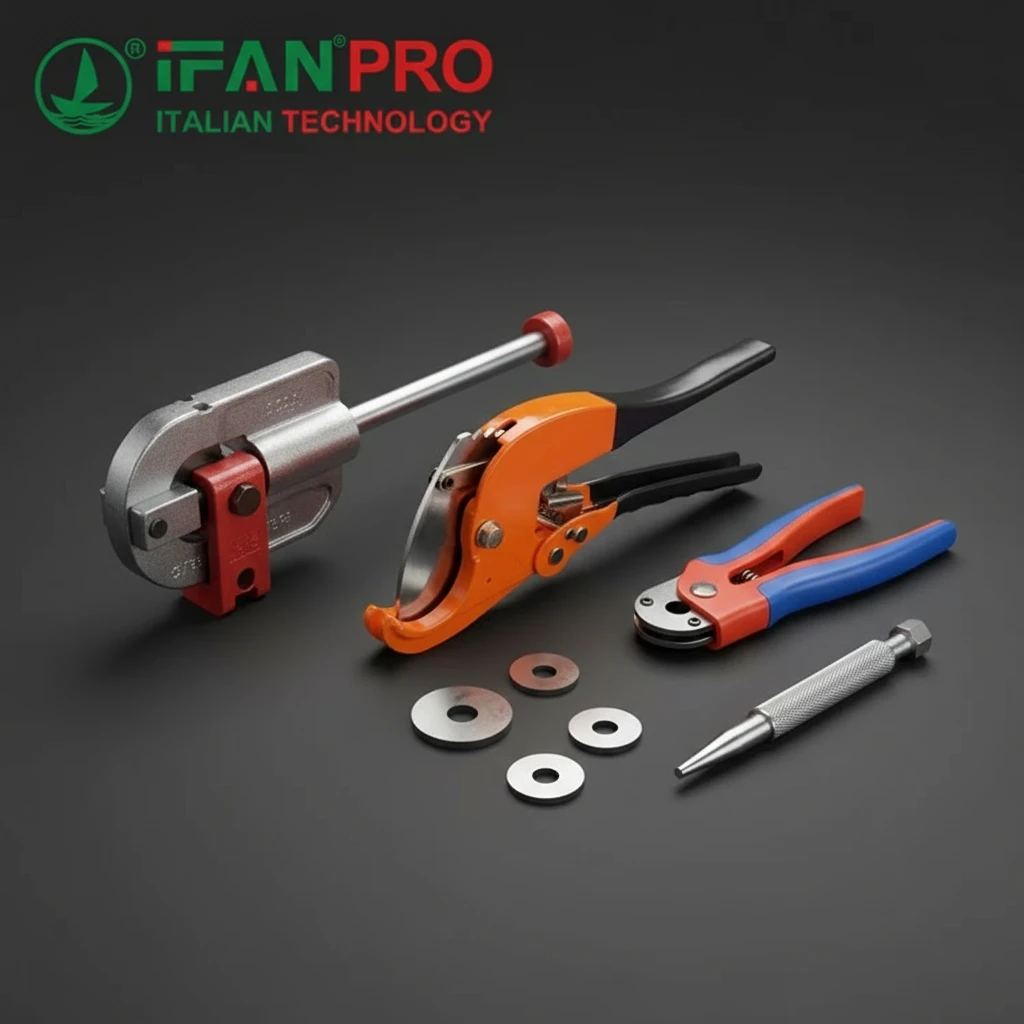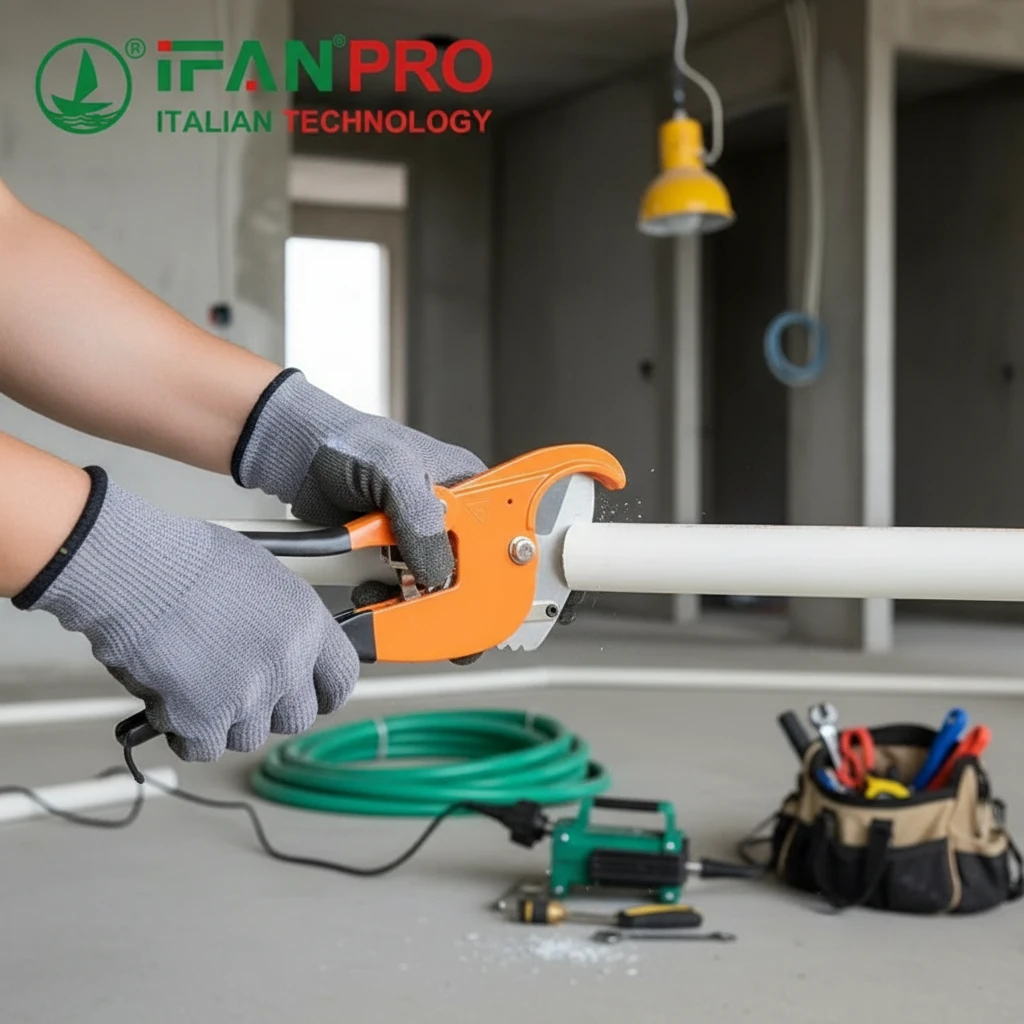I recently helped a construction company navigate sudden PVC price hikes. Their project budgets were at risk, and they needed clear answers fast.
PVC pipe pricing in the United States is primarily influenced by raw material costs (like vinyl chloride monomer), supply and demand dynamics, transportation and logistics expenses, and regional market competition. These factors combine to create a fluctuating price landscape that requires careful monitoring for cost-effective purchasing.
Understanding these price movements is crucial for making smart budgeting decisions. Let’s break down the key elements that determine what you pay for PVC.
What factors influence PVC pipe pricing in the United States market?
Many buyers see only the final price tag. My role is to show them the complex factors working behind the scenes.
The cost of PVC pipe in the US is driven by four main factors: crude oil and natural gas prices (which affect raw material costs), production and transportation expenses, domestic demand from construction and agriculture sectors, and tariffs or trade policies that impact import costs.
Raw Material Cost Structure
The price of PVC starts with its chemical foundations. PVC is made from vinyl chloride monomer, which itself is derived from chlorine and ethylene. Ethylene production depends on natural gas and crude oil. When energy prices rise, the cost of producing ethylene increases, which directly pushes up PVC resin costs. This is the most fundamental driver of price changes in the market.
The production cost also includes electricity, labor, and manufacturing overhead. US manufacturing facilities have varying operational efficiencies, and these costs are ultimately passed through the supply chain. Recent energy price fluctuations have made this factor particularly volatile.
Supply and Demand Dynamics
The basic economics of supply and demand play out dramatically in the PVC market. When construction activity is high – particularly in residential housing and infrastructure projects – demand for PVC pipes surges. This often leads to price increases, especially if supply cannot keep pace.
Conversely, during economic downturns or seasonal slowdowns in construction, prices may soften as producers compete for fewer projects. Agricultural demand also follows seasonal patterns, with increased need for irrigation pipes during planting seasons affecting regional pricing.
Logistics and Transportation Impact
PVC pipes are bulky and expensive to transport. The distance between manufacturing plants and project sites significantly affects final costs. Fuel prices, trucking availability, and driver shortages all contribute to logistics expenses. Recent years have seen substantial increases in freight costs, which suppliers inevitably share with customers.
External Market Influences
Trade policies and environmental regulations create additional cost layers. Import tariffs on certain chemical precursors can increase domestic production costs. Meanwhile, environmental and safety regulations may require manufacturing process adjustments that involve capital investments, also influencing final product pricing.
How do PVC prices compare across different US regions and states?
A client once paid 15% more by sourcing locally without checking regional differences. Geographic awareness creates immediate savings.
PVC prices vary significantly across US regions, with the Gulf Coast typically having the lowest prices due to concentrated production, while the West Coast and Northeast often see higher prices because of longer transportation distances and stricter regulatory environments. Regional demand spikes from construction or agriculture can also create temporary price disparities.
Gulf Coast Price Advantages
The Gulf Coast region, particularly Texas and Louisiana, hosts the majority of US PVC production capacity. This concentration of manufacturing creates competitive pricing and greater supply stability. Buyers in these states typically benefit from lower transportation costs and more flexible delivery options.
The proximity to raw material sources and export facilities gives this region a structural advantage. Even with added transportation costs, PVC shipped from the Gulf Coast to other regions often remains cheaper than locally produced alternatives in areas with higher operating expenses.
West Coast and Northeast Premiums
West Coast states like California and Washington typically face the highest PVC prices. Several factors drive this premium: longer transportation distances from production centers, higher fuel costs, stricter environmental regulations that may complicate logistics, and generally higher business operating expenses.
The Northeast experiences similar challenges, with additional weather-related complications during winter months that can disrupt supply chains. Both regions also have higher labor costs throughout the supply chain, from manufacturing to distribution and installation.
Regional Price Comparison Table
| Region | Typical Price Range (Schedule 40, 2″) | Key Influencing Factors |
|---|---|---|
| Gulf Coast | $0.80 – $1.20 per foot | High production concentration, low logistics costs |
| Midwest | $0.90 – $1.35 per foot | Balanced supply and demand, seasonal agriculture demand |
| Southeast | $0.85 – $1.25 per foot | Moderate manufacturing presence, strong construction activity |
| Northeast | $1.10 – $1.60 per foot | Higher regulatory costs, weather disruptions, longer supply chains |
| West Coast | $1.20 – $1.80 per foot | Maximum distance from production, strict regulations, high operating costs |
Seasonal and Project-Based Variations
Temporary price differences can emerge within regions due to specific circumstances. A major infrastructure project in a state can temporarily drain local supply, pushing prices upward. Agricultural states may see price increases during irrigation season. Areas affected by natural disasters often experience price spikes as rebuilding efforts commence.
What are the current PVC market trends and price forecasts in the US?
Last quarter’s 8% price drop caught many buyers by surprise. Those who understood market trends had prepared for this shift.
Current PVC market trends show stabilizing prices after post-pandemic volatility, with moderate increases expected due to infrastructure investments. The market is seeing growing demand for sustainable PVC products and continued supply chain optimization. Most analysts forecast 3-5% annual price growth over the next two years, barring major economic disruptions.
Post-Pandemic Market Normalization
The PVC market is gradually recovering from the extreme volatility experienced during and after the COVID-19 pandemic. Supply chains have largely stabilized, and production levels have normalized. However, most manufacturers maintain slightly higher inventory levels as a buffer against potential disruptions, a practice that adds some cost to the system.
Price fluctuations have become less dramatic than during 2021-2022, but the market remains more volatile than in pre-pandemic years. Buyers should expect occasional price adjustments rather than the massive swings seen during the supply chain crisis.
Infrastructure and Construction Demand
The Infrastructure Investment and Jobs Act continues to drive steady demand for PVC pipes in water infrastructure, telecommunications, and construction applications. This sustained government spending provides a stable demand floor that supports prices. Residential construction activity, while sensitive to interest rate changes, continues to require significant PVC products for plumbing, drainage, and electrical applications.
The remodeling and renovation market represents another growing demand source. As homeowners upgrade plumbing systems or add outdoor living spaces, PVC consumption increases, particularly in the residential sector.
Sustainability and Regulatory Developments
Environmental considerations are increasingly influencing the PVC market. Recycling initiatives for PVC are expanding, potentially creating new supply streams that could moderate virgin material costs over time. Some manufacturers are developing bio-based plasticizers and additives in response to regulatory pressures and consumer preferences.
Regulatory developments regarding chemical composition and environmental impact continue to evolve. These regulations may require manufacturing process adjustments that could add costs, though these are typically spread across large production volumes.
Price Forecast Table (2024-2026)
| Time Period | Expected Price Trend | Key Driving Factors |
|---|---|---|
| Short-Term (6-12 months) | +2% to +4% | Stable demand, moderate energy costs, seasonal variations |
| Medium-Term (1-2 years) | +3% to +5% annually | Infrastructure spending, housing market stability, manufacturing efficiency gains |
| Long-Term (2+ years) | +3% to +6% annually | Raw material cost pressure, sustainability investments, potential regulatory costs |
Technology and Efficiency Impacts
Manufacturing innovations are helping control price increases. More efficient production methods and automation are gradually reducing labor costs per unit. Digital transformation in the supply chain is improving inventory management and reducing waste, creating modest cost savings that help offset raw material price pressures.
Where can you find reliable PVC suppliers with competitive US pricing?
A contractor client wasted months with an unreliable supplier before coming to us. Their project delays cost more than any material savings.
Reliable PVC suppliers with competitive pricing can be found through industry trade associations, specialized B2B platforms, manufacturer direct sales programs, and established distributors with national networks. The most dependable approach involves verifying supplier credentials, requesting references, and comparing total cost packages rather than just unit prices.
Supplier Qualification Process
Finding a truly reliable supplier requires more than just price comparison. The first step is verifying business credentials, including how long they’ve been in operation, their financial stability, and relevant industry certifications. Memberships in organizations like the Uni-Bell PVC Pipe Association indicate commitment to industry standards.
Quality assurance systems are equally important. Reputable suppliers should provide documentation of their quality control processes, product testing protocols, and compliance with relevant ASTM standards. Third-party certifications from organizations like NSF International for potable water applications provide additional assurance.
Sourcing Channel Options
Different sourcing channels offer distinct advantages. Direct manufacturer relationships often provide the most competitive pricing for large volume purchases but may have higher minimum order requirements. Established distributors offer greater flexibility for smaller orders and faster delivery times, though at slightly higher per-unit costs.
Specialized industrial marketplaces provide access to multiple suppliers with transparent pricing but require careful vendor vetting. Traditional wholesale distributors maintain local inventory for immediate needs but may have less competitive pricing for project-scale purchases.
Supplier Evaluation Criteria Table
| Evaluation Criteria | What to Look For | Why It Matters |
|---|---|---|
| Production Capability | Manufacturing capacity, equipment modernity, quality control systems | Ensures consistent supply and product quality |
| Industry Experience | Years in business, project portfolio, industry references | Indicates reliability and problem-solving ability |
| Certifications | ISO 9001, NSF, UL, industry-specific certifications | Verifies adherence to quality and safety standards |
| Logistics Network | Warehouse locations, delivery fleet, shipping partners | Affects delivery speed and cost |
| Customer Service | Responsiveness, technical support, problem resolution | Determines support quality when issues arise |
Total Cost Assessment
The lowest unit price doesn’t always mean the best value. Reliable suppliers provide competitive total cost, which includes consistent quality (reducing rejects and rework), on-time delivery (avoiding project delays), technical support (saving engineering time), and flexible payment terms (improving cash flow).
Building a relationship with a primary supplier while identifying backup options creates the most resilient supply chain. This approach provides pricing leverage with your main supplier while ensuring alternatives exist for emergency situations or special requirements.
Conclusion
Understanding PVC pricing factors, regional variations, and market trends enables smarter purchasing decisions. For reliable PVC supply with consistent quality and competitive pricing, consider IFAN‘s comprehensive product range and professional service support.














Recent Comments